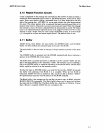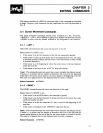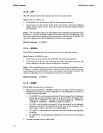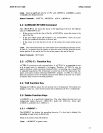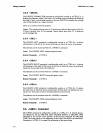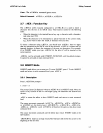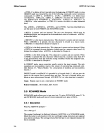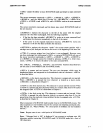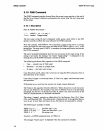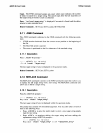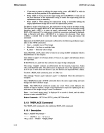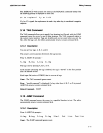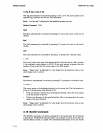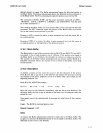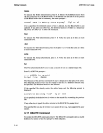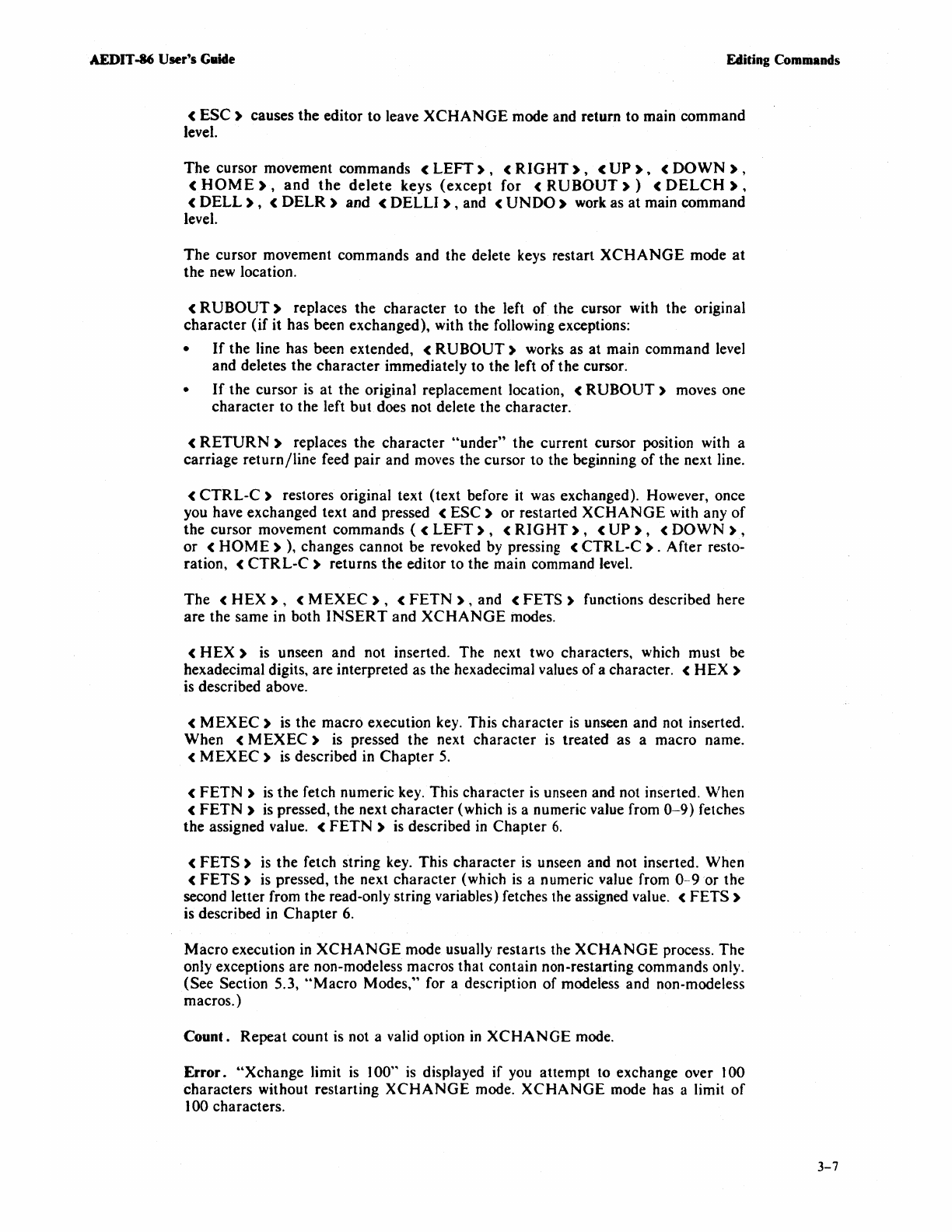
AEDIT
-"
User's Guide Editing Commands
<
ESC)
causes the editor
to
leave
XCHANGE
mode and return
to
main command
level.
The
cursor movement commands <
LEFT).
<
RIGHT).
<
UP).
<
DOWN)
,
<
HOME),
and
the
delete
keys
(except
for <
RUBOUT»
<
DELCH
).
<
DELL),
<
DELR)
and <
DELLI)
,and
<
UNDO)
work as at main command
level.
The
cursor movement commands and the delete keys restart
XCHANGE
mode
at
the
new
location.
< R
UBOUT)
replaces the character to the left
of
the cursor with the original
character
(if
it has been exchanged), with the following exceptions:
•
If
the line has been extended, <
RUBOUT)
works as at main command level
and deletes the character immediately to the left
of
the cursor.
•
If
the cursor
is
at the original replacement location, <
RUBOUT)
moves one
character to the left but does not delete the character.
<
RETURN)
replaces the character
"under"
the current cursor position with a
carriage return/line feed pair and moves the cursor to the beginning
of
the next line.
<
CTRL-C)
restores original text (text before it was exchanged). However, once
you have exchanged text and pressed <
ESC)
or restarted
XCHANGE
with any
of
the cursor movement commands «
LEFT),
<
RIGHT),
<
UP),
<
DOWN),
or
<
HOME)
), changes cannot be revoked by pressing <
CTRL-C).
After resto-
ration, <
CTRL-C)
returns the editor to the main command level.
The <
HEX).
(MEXEC),
<
FETN).
and <
FETS)
functions described here
are the same in both
INSERT
and
XCHANGE
modes.
(
HEX)
is
unseen and not inserted. The next two characters, which must be
hexadecimal digits. are interpreted as the hexadecimal values of a character. <
HEX)
is
described above.
<
MEXEC)
is
the macro execution
key.
This character
is
unseen and not inserted.
When
(MEXEC)
is
pressed the next character
is
treated as a macro name.
<
MEXEC)
is
described in Chapter
5.
(
FETN)
is
the fetch numeric key. This character
is
unseen and not inserted. When
<
FETN)
is
pressed, the next character (which
is
a numeric value from
0-9)
fetches
the assigned value. <
FETN)
is
described
in
Chapter
6.
<
FETS)
is
the fetch string key. This character
is
unseen and not inserted. When
(
FETS)
is
pressed. the next character (which
is
a numeric value from
0-9
or the
second letter from the read-only string variables) fetches the assigned value.
(FETS)
is
described
in
Chapter
6.
Macro execution
in
XCHANGE
mode usually restarts the
XCHANGE
process. The
only exceptions are non-modeless macros that contain non-restarting commands only.
(See Section 5.3,
"Macro
Modes," for a description of modeless and non-modeless
macros.)
Count. Repeat count
is
not a valid option
in
XCHANGE
mode.
Error.
"Xchange limit
is
)
00"
is
displayed if you attempt to exchange over ) 00
characters without restarting
XCHANGE
mode.
XCHANGE
mode has a limit
of
100 characters.
3-7



